Mauritshuis Art Museum video tour
There so many things to see in The Hague, and curiously, despite the wonderful attractions we describe on the main page, perhaps the main reason most people come to visit The Hague is because of one girl, and she is not even a real girl. Instead, it’s a painting of a girl. Maybe you know what I’m getting at? It’s the famous Girl with the Pearl Earring, a masterpiece by Vermeer.
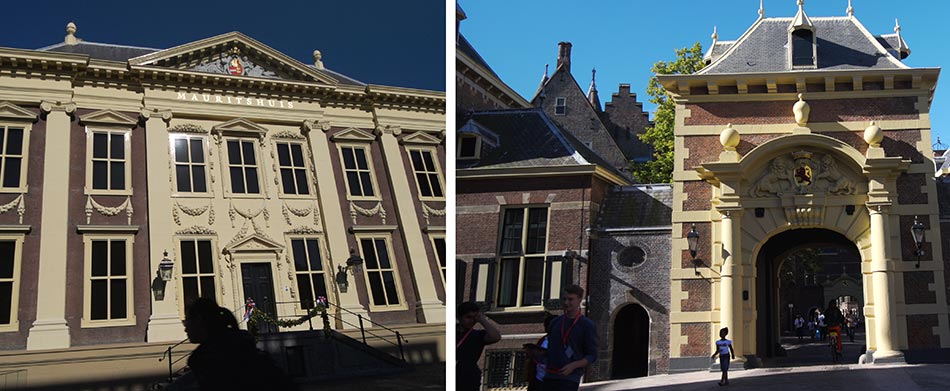
Mauritshuis is located at the entrance to the Binnenhof Palace complex in the heart of town. The Mauritshuis is one of the major art museums of the Netherlands, and while it is most famous for That Painting, it contains hundreds of other fine works of art including two more world-famous masterpieces by Rembrandt, The Anatomy Lesson, and again, Vermeer, View of Delft.
Originally, constructed between 1633 and 1644, Mauritshuis was the mansion of Count John Maurice who was Holland’s wealthy Governor of Brazil, and he spared no expense to make his house beautiful, a fine example of Dutch classicist architecture. It is now the property of the government of the Netherlands and is listed in the top 100 Dutch heritage sites.

Rembrandt and Vermeer are the heroes of the collection, which also contains other masterpieces by Jan Steen, Franz Hall, Jacob van Ruisdael, Holbein and many others. The museum houses the Royal Cabinet of Paintings which consists of 841 objects, mostly Dutch Golden Age paintings.
But most visitors want to head directly to see that young lady, and she will not disappoint.

Thanks to the historical novel written by Tracy Chevalier and the movie made from it, starring Scarlett Johansson and Colin Firth, the Girl with the Pearl Earring is one of the most famous paintings on the planet. She is so appealing that we want to bring her home with us, or at least capture her in a photograph, perhaps put yourself in the frame.
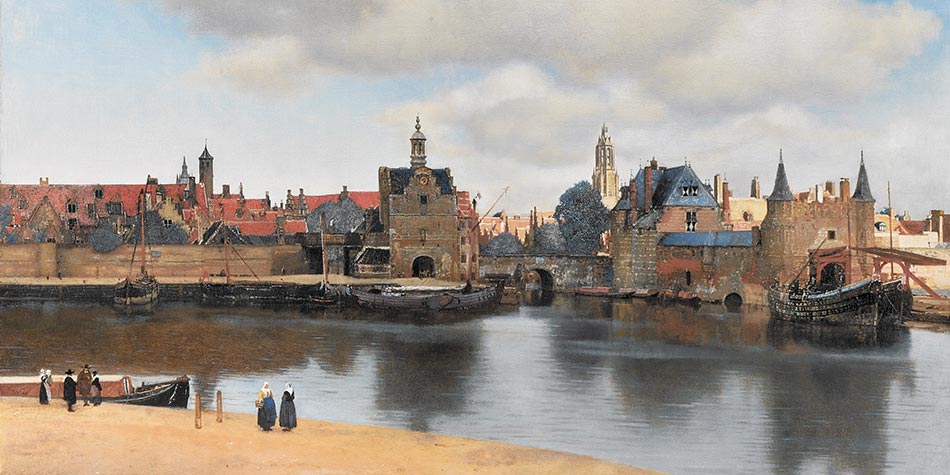
Vermeer’s other famous work here in the museum is his View of Delft which has exerted a powerful influence on the entire domain of landscape painting. Only 30 paintings by Vermeer have survived, and three of them are here in the Mauritshuis, including Diana and her Nymphs depicting the hunting goddess in a dreamy atmosphere.

The beautiful gallery rooms certainly enhance your appreciation of the paintings. There are many paintings of domestic household situations such as a raucous family by Jan Steen.
One of the most popular pictures in the collection is the famous Bull by Paulus Potter, worthy of close examination – a huge canvas, 11 feet wide, with much to discover. This was carried off to the Louvre by Napoleon’s invaders and was considered then the fourth most important painting in that collection.
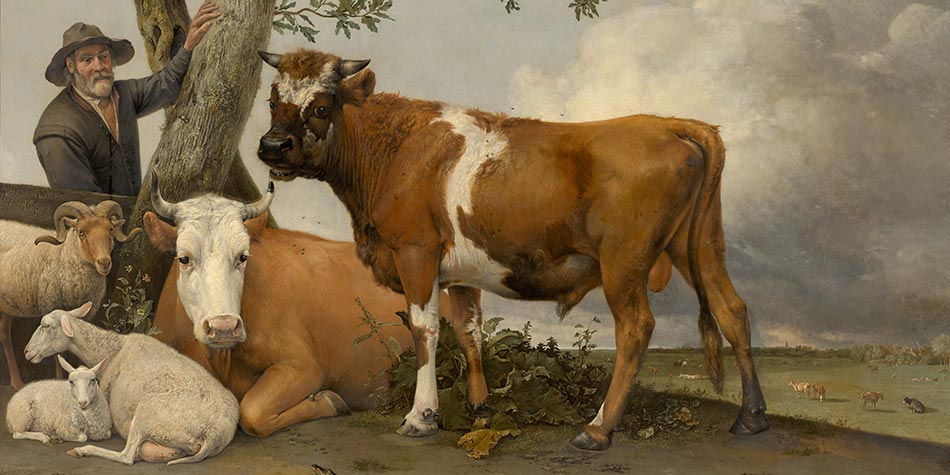
The enormous bull has a cow, a sheep and lamb, a ram and a shepherd for companions. Despite the large dimension, about life-size, Potter paid great attention to the smallest details with a vast meadow stretching away to the dim horizon where buildings of a town are barely visible. The animal faces are marvelous with eyes, nose and mouth riveting the viewer’s attention.

Among 16 Rembrandts, the most outstanding work is The Anatomy Lesson, representing Dr. Nicholas Tulp, who is lecturing to seven physicians about the arm of a dead man that has just been cut open at the wrist. It’s the painting that made Rembrandt famous. He was only 26 years old, barely settled in Amsterdam and had painted only a few pictures of note when the celebrated anatomist commissioned the work for the Amsterdam Guild of Surgeons in 1632.

Rembrandt excelled at capturing the light falling on a face to create that feeling of three-dimensionality, including a large number of self-portraits. Rembrandt’s biblical portrait of King Saul and Young David was challenged as a fake, but after careful studies it was determined this is a Rembrandt original.
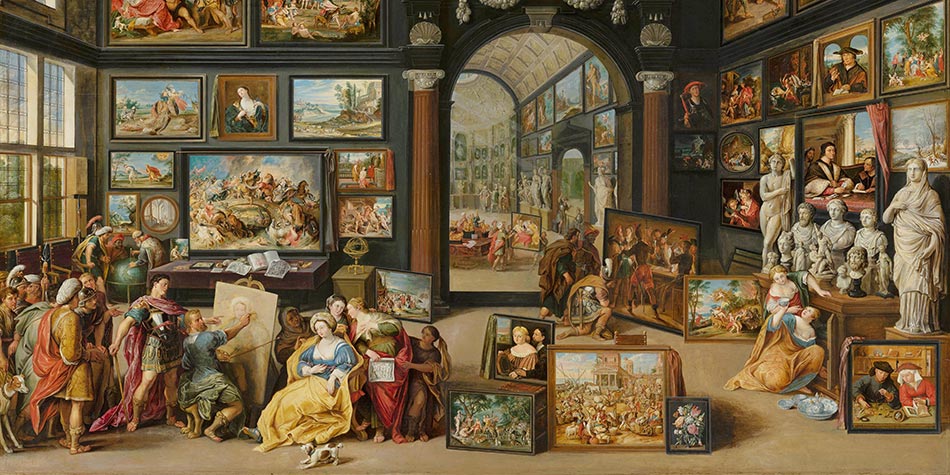
One of the most curious and exciting pictures in the museum is the Interior of a Picture Gallery, painted by several different Antwerp artists, displaying miniatures on the wall of actual famous paintings, created in the 1670s on a very large canvas 7 feet wide.

A large oil painting, the Garden of Eden with the Fall of Man, was a joint collaboration between Rubens and Jan Bruegel the Elder, who frequently worked together, showing Eve taking the fruit from that sinister serpent.
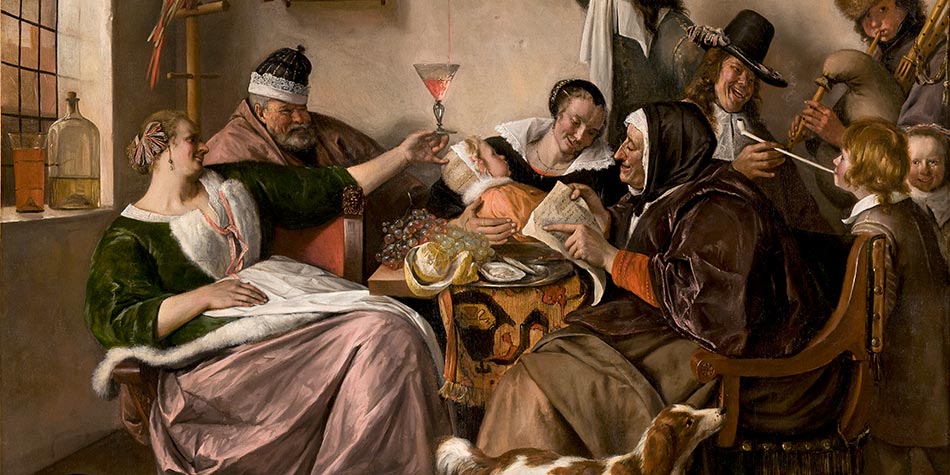
Jan Steen has depicted the proverb ‘As the old sing, so pipe the young’, meaning that a bad example leads to bad conduct. The woman on the left with the open cleavage is having her glass topped up. On the right, the laughing father is teaching one of his children to smoke a pipe. This is Steen himself. Besides his gift for telling humorous stories, Steen was also a skilled painter who could suggest a variety of materials.
History of the Museum
In 1820 the museum we see today was officially opened after the Dutch state purchased the mansion and installed the Royal Picture Gallery consisting of collections made mostly by the Princes of the House of Orange.

Originally, the 17th century building was the residence of count John Maurice of Nassau. It is now the property of the government of the Netherlands and is listed in the top 100 Dutch heritage sites.
In 1631, John Maurice, Prince of Nassau-Siegen, a cousin of stadtholder Frederick Henry, bought a plot bordering the Binnenhof and the adjacent Hofvijver pond in The Hague, at that time the political centre of the Dutch Republic. On the plot, the Mauritshuis was built as a home between 1636 and 1641, during John Maurice's governorship of Dutch Brazil.
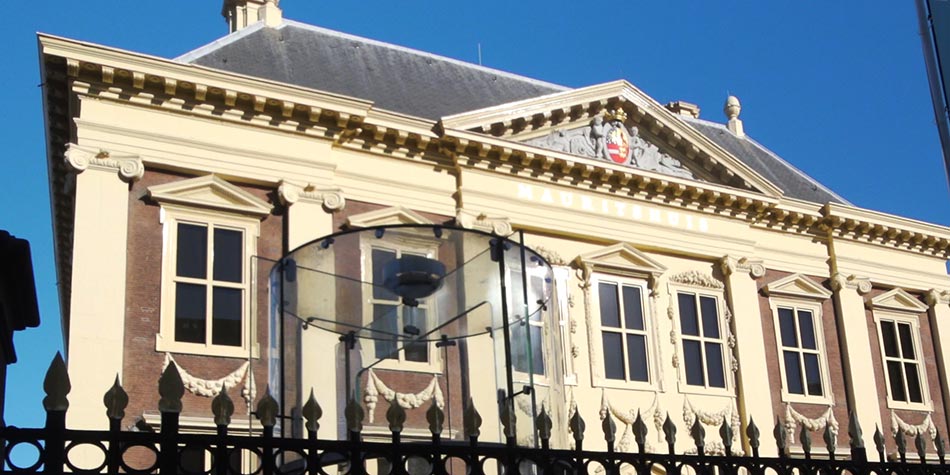
The Dutch Classicist building was designed by the Dutch architects Jacob van Campen and Pieter Post. The two-storey building is strictly symmetrical and contained four apartments and a great hall. Each apartment was designed with an antechamber, a chamber, a cabinet, and a cloakroom. Originally, the building had a cupola, which was destroyed in a fire in 1704.
After the death of Prince John Maurice in 1679, the house was owned by the Maes family, who leased the house to the Dutch government. In 1704, most of the interior of the Mauritshuis was destroyed by fire. The building was restored between 1708 and 1718.
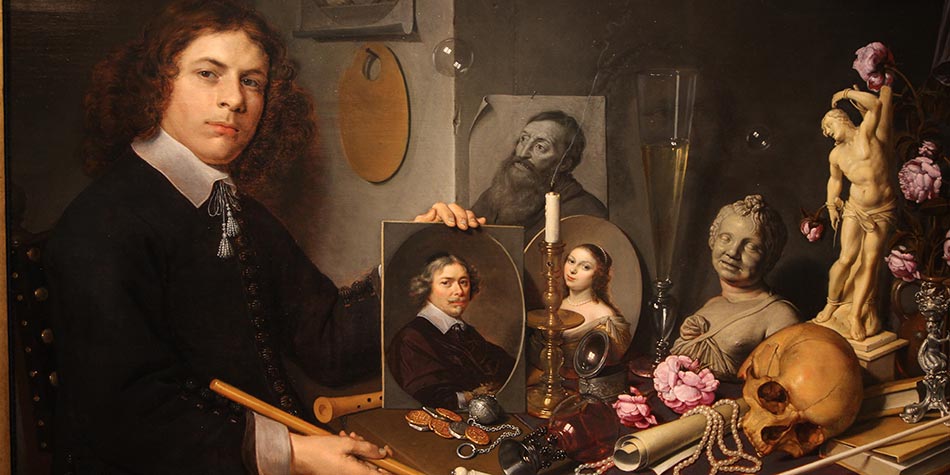
In 1774, an art gallery open to the public was formed in what is now the Prince William V Gallery. That collection was seized by the French in 1794 and only partially recovered in 1808. The small gallery space soon proved to be too small, however, and in 1820, the Mauritshuis was bought by the Dutch state for the purpose of housing the Royal Cabinet of Paintings.
The collection of paintings of stadtholder William V, Prince of Orange was presented to the Dutch state by his son, King William I after it was returned from France. This collection formed the basis of the Royal Cabinet of Paintings of around 200 paintings.
In 1822, the Mauritshuis was opened to the public and housed the Royal Cabinet of Paintings and the Royal Cabinet of Rarities. In 1875, the entire museum became available for paintings.
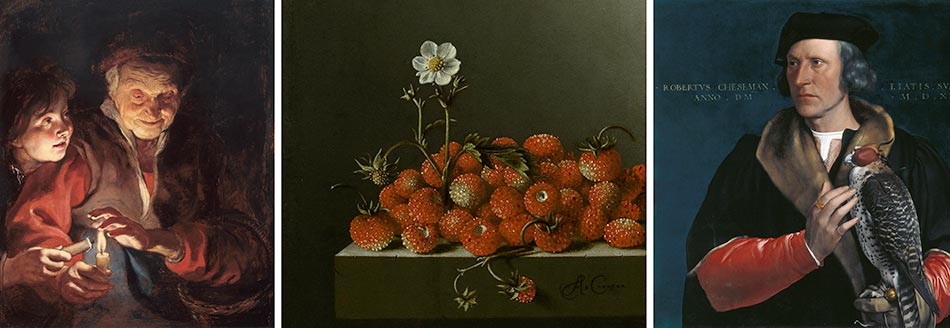
The Mauritshuis was privatised in 1995. The foundation set up at that time took charge of both the building and the collection, which it was given on long-term loan. This building, which is the property of the state, is rented by the museum.
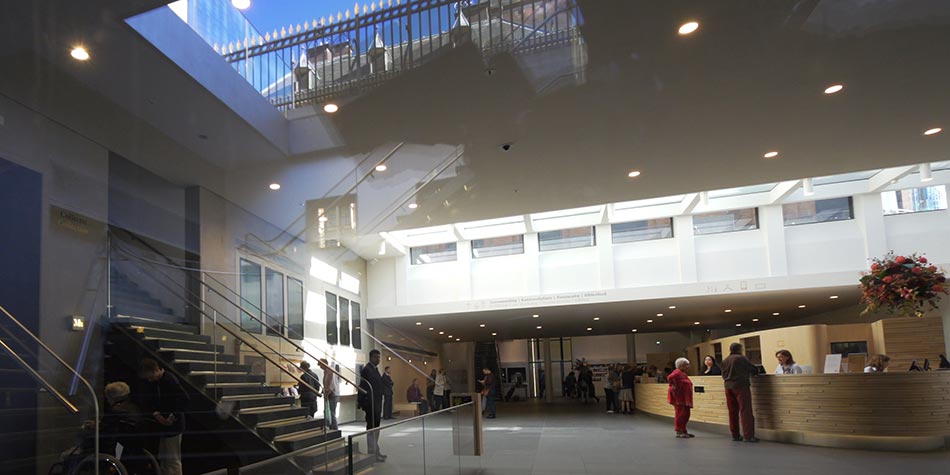
In 2007, the museum announced its desire to expand. In 2010, the definitive design was presented. The museum would occupy a part of the nearby Sociëteit de Witte building. The two buildings would be connected via an underground tunnel, running underneath the Korte Vijverberg. The renovation started in 2012 and the museum was reopened in 2014 by King Willem-Alexander. Those major renovations nearly doubled the exhibit size, so it’s in very good shape now.
The Mauritshuis is open every day, and if you want to avoid the busiest times try to come in the afternoon after 3 o’clock. It opens at 10 AM and closes at 6 PM, except Monday, opening at 1 PM. It stays open later on Thursday evenings till 8 PM.

The museum has an excellent website with many of the paintings available to download for personal enjoyment, and you can purchase your admission ticket on-line through their website. They also offer a virtual walking tour of the galleries.
You have very clearly seen there is a lot more to the Mauritshuis gallery than the Girl with the Pearl Earring. It’s perfectly okay if you were lured in by that one painting, but be sure to spend the time to see the entire collection, easily done in a few hours.
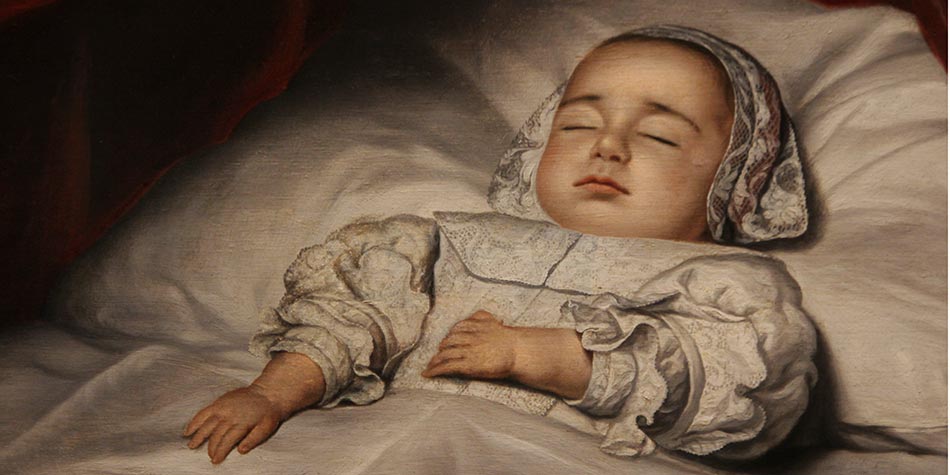
Visit our other pages about The Hague: